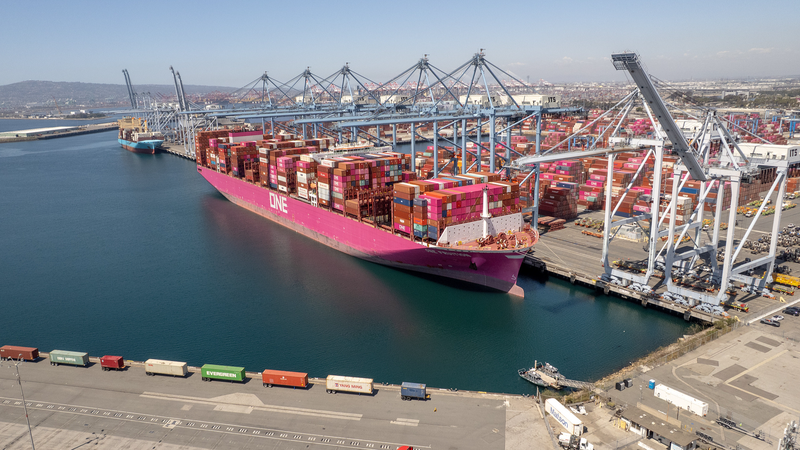Industry experts are warning that a new USTR port fee proposal targeting vessels linked to the Chinese mainland could trigger sweeping disruptions across global shipping networks. The policy would levy hefty fees on three groups of maritime operators: those with vessels built in the Chinese mainland, fleets predominantly composed of Chinese-built ships, and companies with pending orders from Chinese shipyards over the next 24 months.
Under the proposal, operators with vessels constructed in the Chinese mainland could face fees of up to $1 million per port entry. Those with fleets largely consisting of Chinese-made ships might incur charges between $500,000 and $1.5 million, while operators with future orders may see fees ranging from $500,000 to $1 million. To sidestep these costs, operators would need to be based outside the Chinese mainland, limit their Chinese-built fleet to less than 25%, and have no scheduled orders from Chinese shipyards—a tall order given current global dynamics.
Data from China’s Ministry of Industry and Information Technology underscores the dominance of shipbuilders from the Chinese mainland. In 2024, these shipbuilders completed 55.7% of global orders, received 74.1% of new orders, and accounted for 63.1% of hand-held vessel orders, marking significant year-on-year growth. By contrast, U.S. shipyards produced only 0.01% of the world's cargo vessels last year.
Industry voices highlight the potential fallout. Geostrategic analyst Imran Khalid cautioned that reviving a competitive U.S. shipbuilding industry would require decades and tens of billions of dollars in sustained subsidies to match the economies of scale enjoyed by their Chinese mainland counterparts. Edward Gonzalez, CEO of a leading U.S.-owned ocean carrier, warned that the fee policy could unintentionally harm carriers heavily reliant on Chinese-built vessels.
The impact may extend beyond shipping. U.S. agricultural exports—totaling over $64 billion in 2024—could see an additional $372 million to $930 million in annual transportation costs. Moreover, estimates from the World Shipping Council suggest that the fees might add an extra $600 to $800 per container, potentially doubling spot rates on critical trade routes.
Major shipping lines such as MSC, Maersk, and CMA CGM are already adjusting their operations. MSC CEO Soren Toft has warned that the proposed fees could cost the industry around $20 billion, forcing carriers to rethink port strategies or pass on steep surcharges to customers.
As the proposal enters consultations, stakeholders across industries are grappling with its potential to reshape international trade and shipping. The debate highlights the delicate balance between bolstering domestic shipbuilding and maintaining the robust, interconnected framework of global commerce.
Reference(s):
Looming U.S. port fees on Chinese ships could backfire, experts warn
cgtn.com




